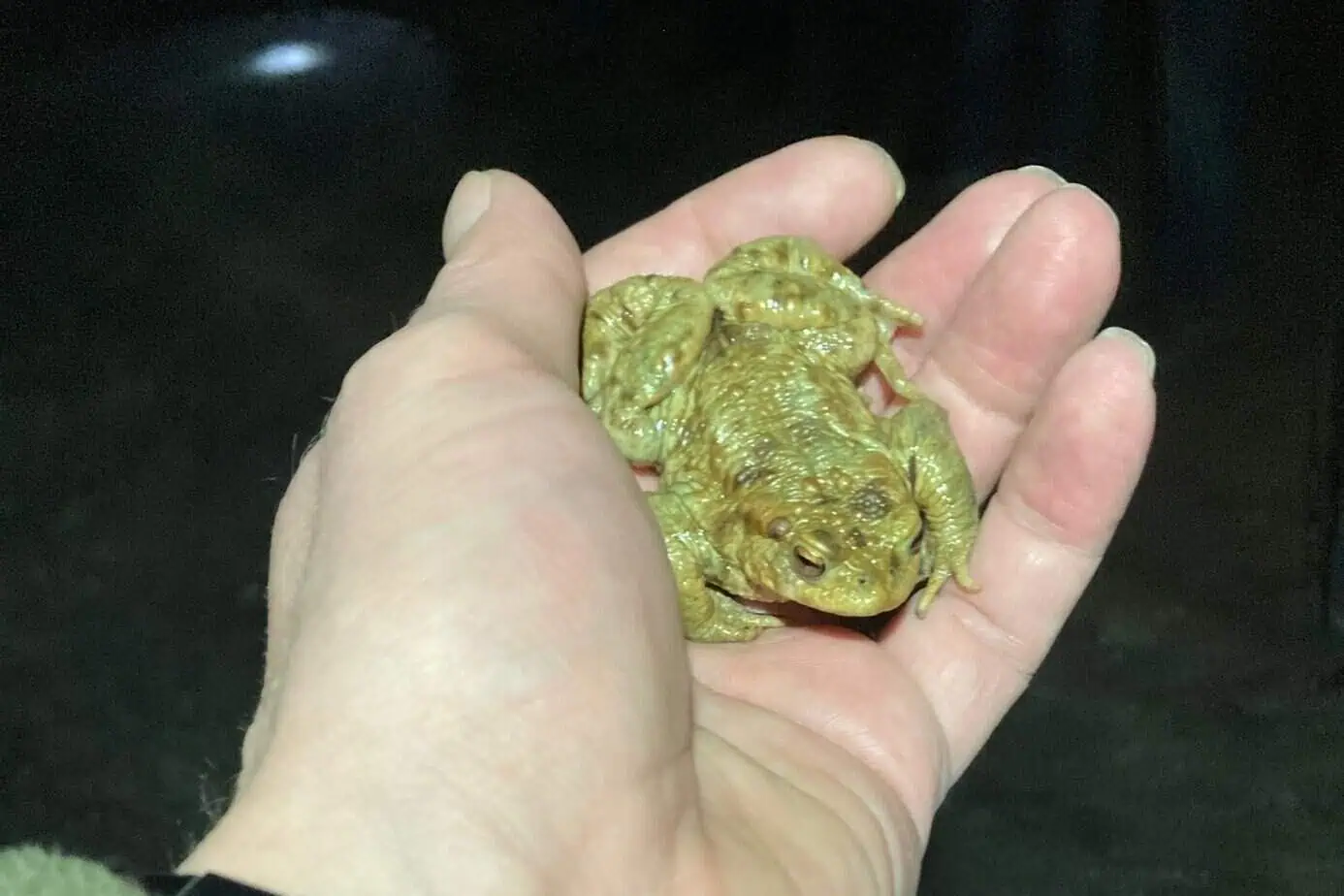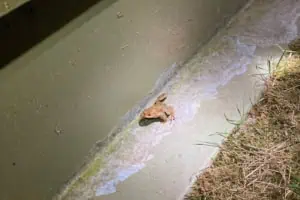As soon as temperatures break the magical barrier of five degrees and the first spring rain falls, an annual natural spectacle begins: the great toad migration. Thousands of common toads, grass frogs and newts make their way back to their traditional spawning grounds. In the process, they cross meadows, paths – and unfortunately also busy roads. This also applies to all those amphibians that live in ponds on golf courses. They also set off on their journey, which is often life-threatening because the small animals have no chance against cars. Their natural flight reflex is to keep still.
But even those who survive being run over directly are not automatically safe. The flow pressure of passing vehicles can be fatal even if the tire does not touch the animal at all. A kind of invisible shock wave crushes what appears to be intact on the outside. This is why many volunteers reach for their flashlights and buckets every year to help the amphibians across the road. Toad fences and tunnels ensure that as many animals as possible reach their destination alive. Signs ask drivers to be considerate.
NABU cooperation at GC Domäne Niederreutin
The best example of successful toad protection is the Domäne Niederreutin golf course in Baden-Württemberg, where cooperation with NABU Mötzingen-Gaufelden ensures that the issue is handled with the necessary expertise. “We’re talking about around 1,000 toads here, which we bring across the road with the help of many volunteers,” Markus Bihler, the local chairman, sums up happily. The animals themselves migrate along a fixed ledge along the road to a toad tunnel, which was unfortunately provided with a tube that was too small when it was built 15 years ago by the authorities. As a result, the toad tunnel is not used and the animals have to be transported along the road.
“The view of the golf course is particularly interesting for amphibian connoisseurs when darkness falls. Then the golf course looks completely different,” notes Bihler. Then the toads and grass frogs are out and about from the golf course’s three ponds. Bihler is particularly impressed: “The number of volunteers is increasing over the years. Drivers simply pull over and take the animals across the road. We are seeing increasing interest, especially among young people.”
INSERT_STEADY_NEWSLETTER_SIGNUP_HERE








